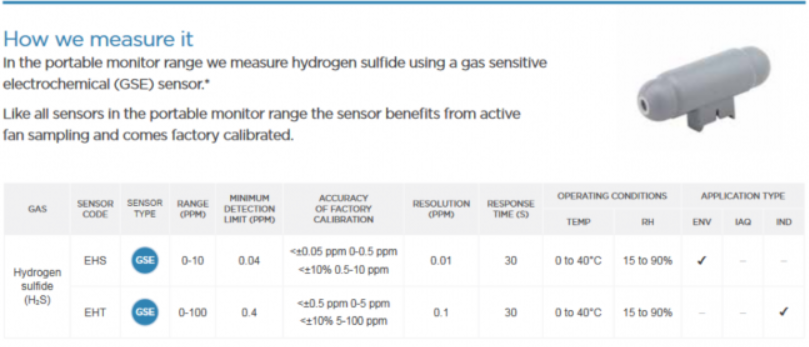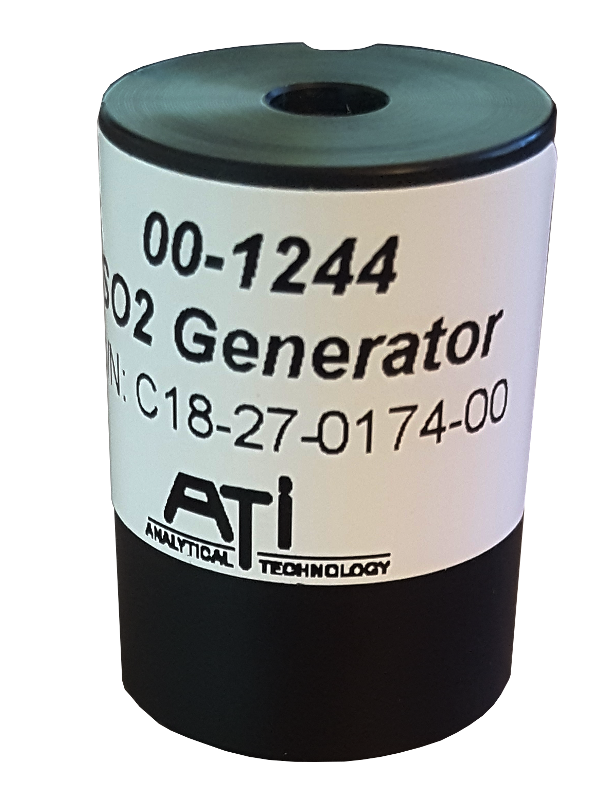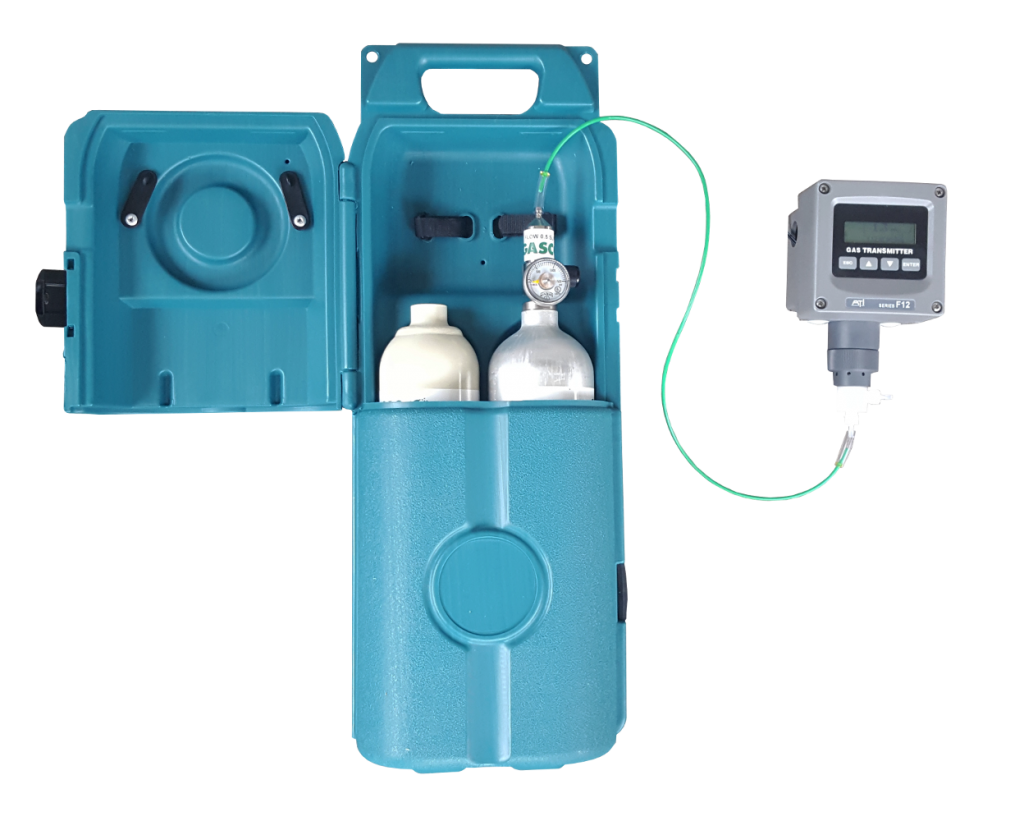
Why measure it?
Hydrogen sulfide (H2S) is a colorless, toxic gas which has a very distinct odor even at very low concentrations. The odor is very offensive and has a similarity to rotten eggs. In general people exposed to such low concentrations of H2S will not suffer health problems however it is still unpleasant due to the strong smell. An increase in H2S levels can lead to eye irritation, nausea and shortness of breath. If concentrations continue to increase it can eventually damage the nervous system and result in death.
Where does it come from?
Natural Sources
Hydrogen sulfide is formed as a result of bacterial breakdown of organic matter containing sulfur in the absence of oxygen. Natural sources include hot sulfur springs, lakes swamps, and volcanic gas. Human activity can increase the release of H2S and due to its toxicity, concentrations should be closely monitored.
Industrial Sources
The largest industrial source of hydrogen sulfide is in oil refining. It is also found in natural gas fields and must be separated and removed during the refining process. Other industrial sources include coke production, waste-water treatment plants, landfill sites, farms and wood pulp production. H2S odor is often considered a nuisance at industrial sites which are located close to built-up areas.
How we measure it

In the portable monitor range we measure hydrogen sulfide using a gas sensitive electrochemical (GSE) sensor.
Like all sensors in the portable monitor range the sensor benefits from active fan sampling an comes factory calibrated.
More information on the Aeroqual Gas Detection Monitors can be found on Gas Sensing’s website, as well as the links below.


